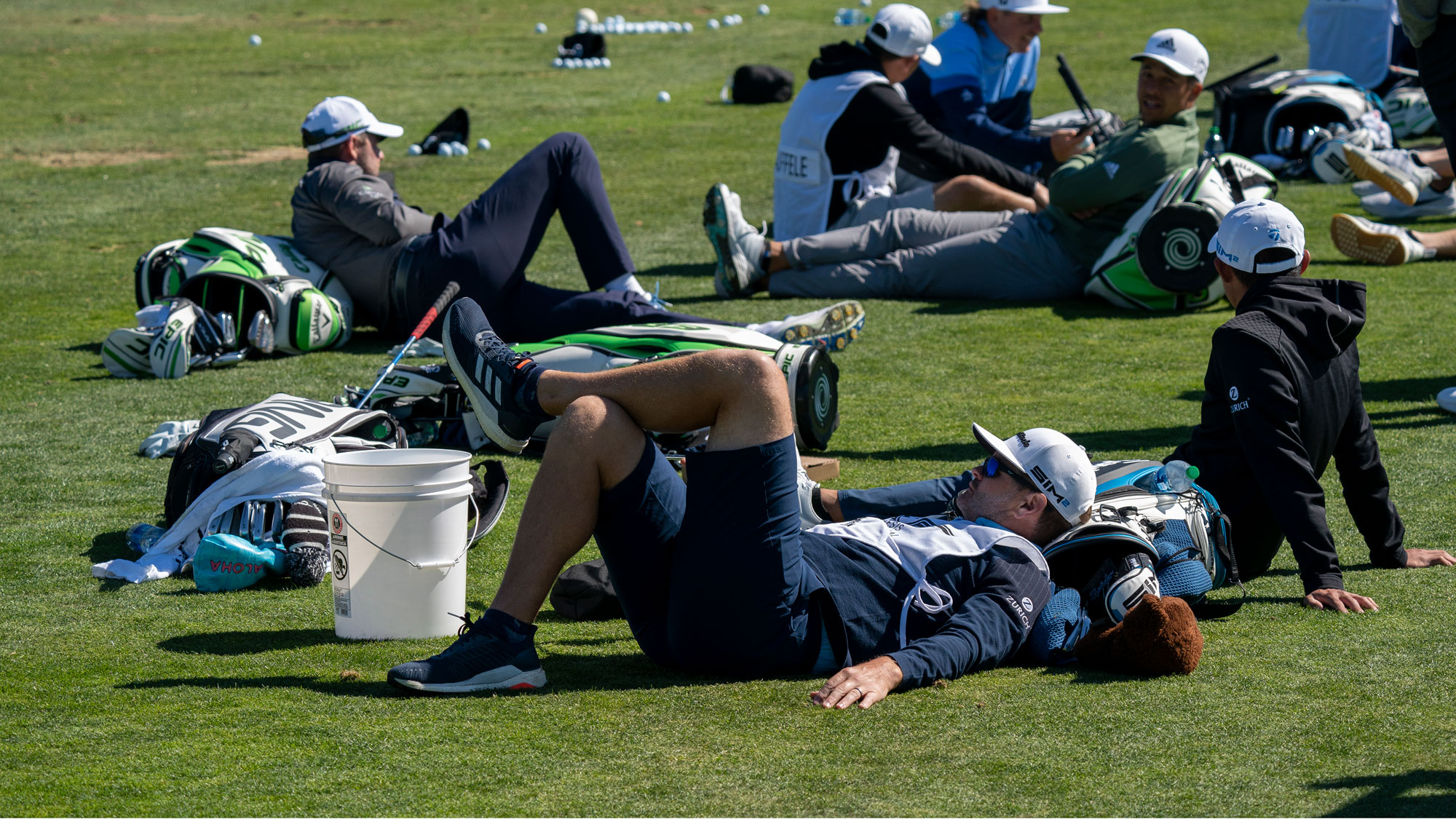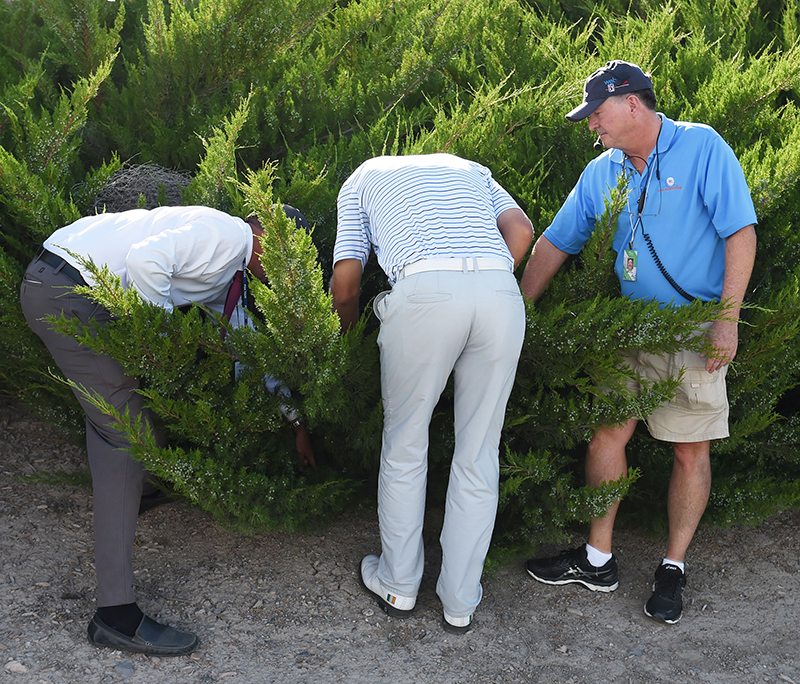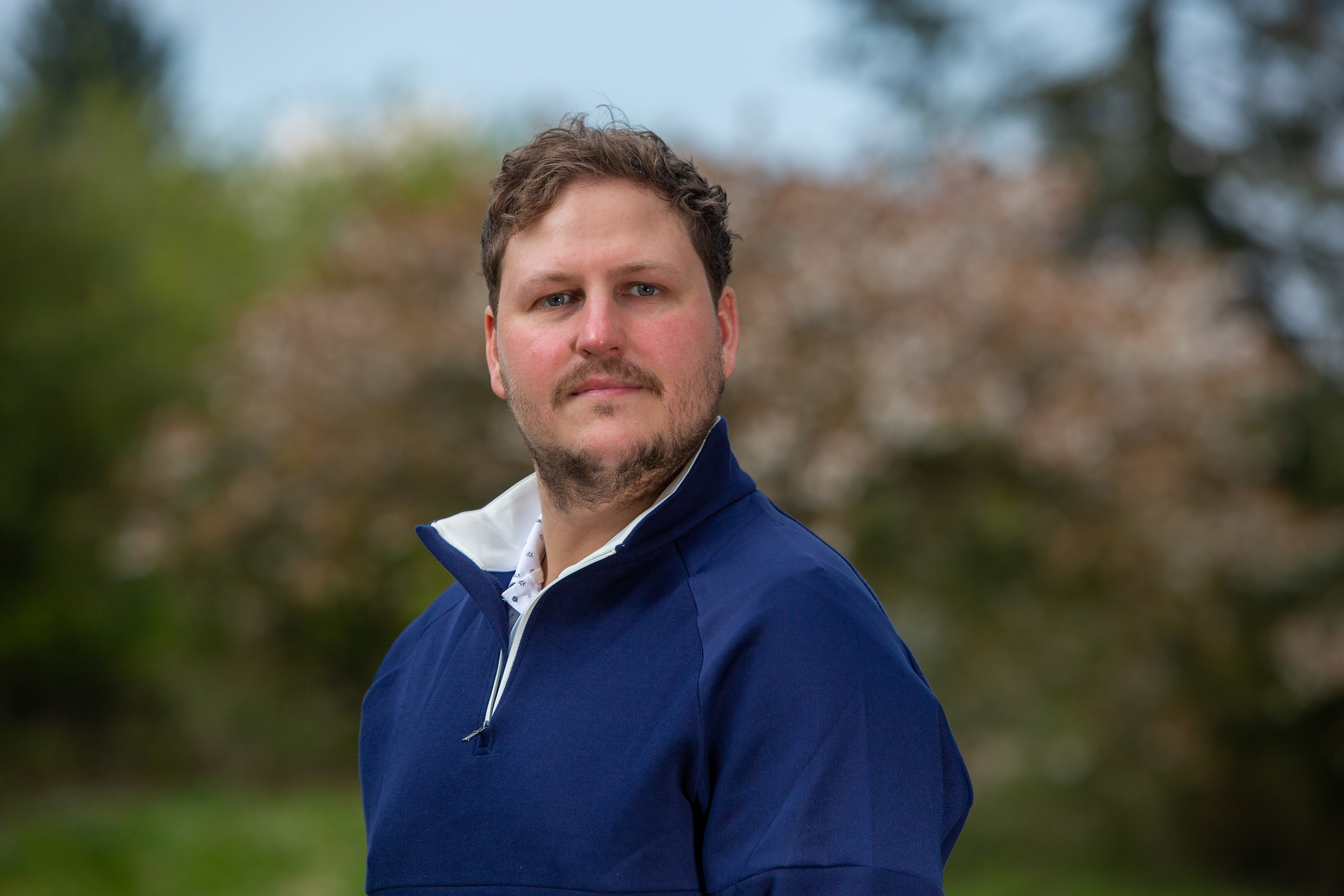‘There Are Many Reasons For Slow Play… And Golfers Aren’t Top Of That List’ – One Expert Explains Why ‘Hounding’ Players Isn’t The Answer
Are golfers sometimes unfairly vilified for playing slowly when other factors are more responsible for pace of play?


Everyone has an opinion on slow play, from theories on how to speed things up to arguments about fast play actually being worse. It’s probably the most discussed topic at every level of the game and something golf continues to struggle with in both the amateur and professional sphere. But who or what is responsible? According to Forrest Richardson, a golf course architect based in Phoenix who has worked extensively across the western USA and in international markets, golfers shouldn’t be considered the main culprits.
Of course, those who take an eternity to play, aren’t ready to hit when it’s their turn, leave their bags on the wrong side of the green and show a lack of consideration for others on the course are part of the problem, but in general, it’s the bigger picture that needs looking at.
Richardson was close friends with the late Bill Yates, often called ‘The Guru of Pace of Play’. Richardson and Yates collaborated on numerous training sessions, articles and presentations on the science of pace and how courses flow. Yates contributed to two of Forrest’s books, Routing the Golf Course and Bunkers, Pits & Other Hazards.
“Pace is more about flow. If people are playing and not waiting, they’re usually content. The line at your local coffee shop is a good analogy. It’s not the customer that is always at fault — good flow involves architecture, signage, training, how cups are stacked, policies, etc.
"Did you know there is a USGA pace rating available for any course? That is how long it SHOULD take to play based on design, walks between greens and tees, etc. The follow-up questions are how long DOES it take? And, how long do you WANT it to take? Armed with all three, we can adjust a course to have better flow to meet needs,” says Richardson.
“The 'blame the golfer' mindset has been around for a long time. While player behaviour does contribute, no business would do well to blame the customer. Golf seems to think that's okay. I'm focused on the science, which is better to actually make a difference. When a course is set up for a better flow outcome, we all win.”

This should never happen on a golf course
Five Key Areas
While acknowledging the situation isn’t black and white and varies, often significantly, from place to place, Richardson believes the players are rarely the main contributors to slow play.
Subscribe to the Golf Monthly newsletter to stay up to date with all the latest tour news, equipment news, reviews, head-to-heads and buyer’s guides from our team of experienced experts.
“There are five areas that contribute to slow play: course design, course maintenance, management practices, player ability and player behaviour,” says Richardson. “If I was to put something at the top of the list, it would be course design. That sets everything in motion. But it’s paradoxically the one that’s hardest to change, because doing anything to the architecture is expensive.”
Richardson believes the pace-of-play targets that are commonplace at courses around the world are often arbitrary and totally unrealistic, because factors like the topography of the layout, the difficulty and the routing mean it’s virtually impossible to hit those timing benchmarks with any degree of regularity. Richardson also thinks that starting a course with a par 3 is an effective way to regulate pace of play, but it’s seen as a “taboo” among course owners and operators.
Course set-up and management practices are also directly linked to pace of play, as Richarson explains: “Tall grass or trees at 180 yards to the right of the fairway is never a good idea, because you’re going to have 60 or 70 per cent of players in there. Also, if you build in lost-ball scenarios, that’s going to have an impact. I’m not saying we should be getting rid of these things, but we have to be aware of them within the wider context of the course."

"Lost-ball scenarios" can slow play down
The Bunker Myth
“It’s also a myth that bunkers slow down play. Think about it – generally, players know exactly what club to hit from a greenside bunker and what type of shot to play. Thick rough, shaved grass and steep run-off areas actually pose far more questions relating to club selection, creating more time for players to make decisions on what shot to execute.”
Richardson also feels that tee-time intervals are key to improving pace of place, and that some clubs make them too close together in effort to put as many people as possible on the course. Why do they do that? Because there’s more money to be made that way. He believes that peaks and troughs in round times shouldn’t be a concept – aside from early morning tee times when the course is empty – if things are managed correctly.
At no point does Richardson condone flagrant slow play or excuse golfers showing a lack of consideration for others around them, but he does think the narrative of players being the main problem has gone too far.
His closing remark is an interesting one to consider. “I can’t think of another business that spends so much time blaming the consumer. Wouldn’t it be nice if we didn’t have to hound the golfer?” Food for thought indeed.

Nick Bonfield joined Golf Monthly in 2012 after graduating from Exeter University and earning an NCTJ-accredited journalism diploma from News Associates in Wimbledon. He is responsible for managing production of the magazine, sub-editing, writing, commissioning and coordinating all features across print and online. Most of his online work is opinion-based and typically centres around the Majors and significant events in the global golfing calendar. Nick has been an avid golf fan since the age of ten and became obsessed with the professional game after watching Mike Weir and Shaun Micheel win The Masters and PGA Championship respectively in 2003. In his time with Golf Monthly, he's interviewed the likes of Rory McIlroy, Justin Rose, Jose Maria Olazabal, Henrik Stenson, Padraig Harrington, Lee Westwood and Billy Horschel and has ghost-written columns for Westwood, Wayne Riley, Matthew Southgate, Chris Wood and Eddie Pepperell. Nick is a 12-handicap golfer and his favourite courses include Old Head, Sunningdale New, Penha Longha, Valderrama and Bearwood Lakes. If you have a feature pitch for Nick, please email nick.bonfield@futurenet.com with 'Pitch' in the subject line. Nick is currently playing: Driver: TaylorMade M1 Fairway wood: TaylorMade RBZ Stage 2 Hybrid: Ping Crossover Irons (4-9): Nike Vapor Speed Wedges: Cleveland CBX Full Face, 56˚, Titleist Vokey SM4, 60˚ Putter: testing in progress! Ball: TaylorMade TP5x